Ford Mustang (1999-2004) Service Manual: Toe Adjustment - Rear
1. Loosen the nuts.
- To prevent damage to the ball joints, hold the tie-rod ends while loosening the nuts.
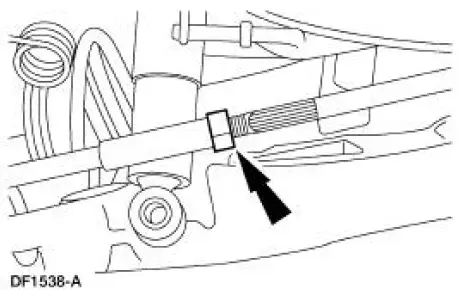
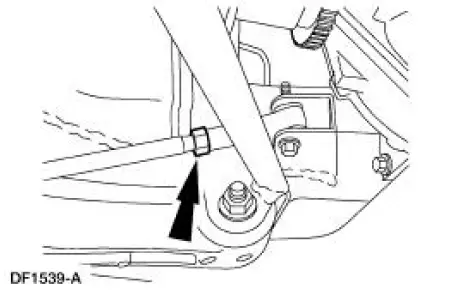
2. Rotate the toe link to the correct toe setting.
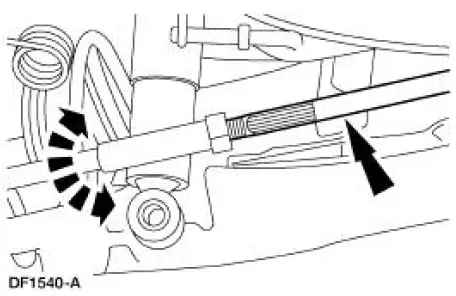
3. Tighten the nuts.
- To prevent damage to the ball joints, hold the tie-rod ends while tightening the nuts.
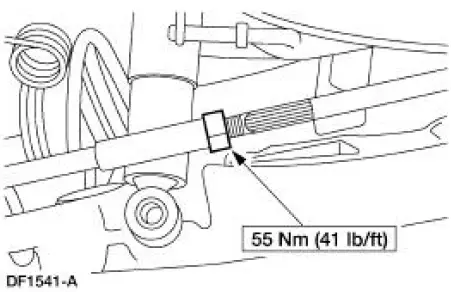
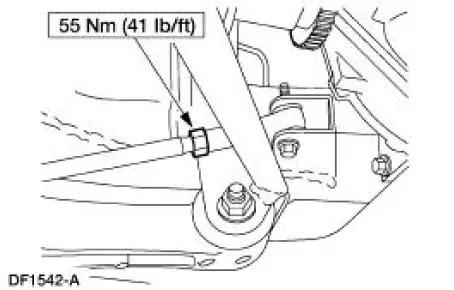
4. Recheck the toe settings. Follow the manufacturer's instructions.
 Toe Adjustment - Front
Toe Adjustment - Front
1. Start the engine and center the steering wheel.
2. Turn the engine off, and hold the steering wheel in the straight forward
position by attaching a
rigid link from the steering wheel to the seat ...
 Front Suspension
Front Suspension
Torque Specifications
...
Other materials:
Pulley - CIII Pump
Special Tool(s)
Pump Pulley Replacer
211-185 (T91P-3A733-A)
Pump Pulley Remover
211-016 (T69L-10300-B)
Removal
1. Remove the drive belt.
2. Raise and support the vehicle.
3. Using the special tool, remove the pulley.
Inspect the p ...
Removal
1. Disconnect the battery ground cable (14301).
2. Remove the air cleaner outlet tube (9B659).
3. Remove the radiator sight shield (8C291).
4. Remove the coolant recovery reservoir (8A080).
1. Disconnect the hose.
2. Remove the bolts.
3. Remo ...
Installation
WARNING: To reduce the risk of serious personal injury, read
and follow all warnings,
cautions and notes at the beginning of the removal procedure.
1. Disconnect the battery ground cable and wait at least one minute. For
additional information,
re ...
